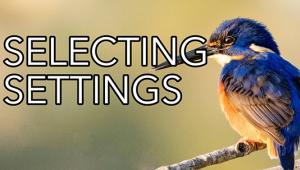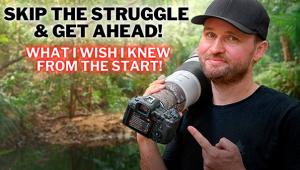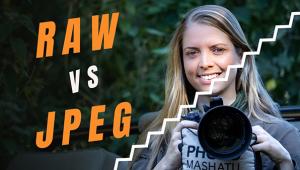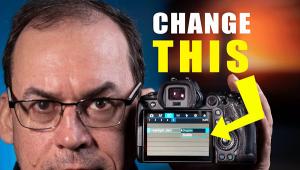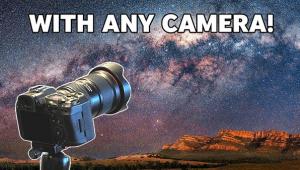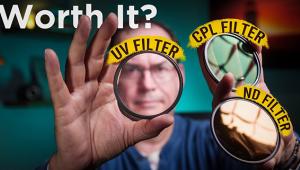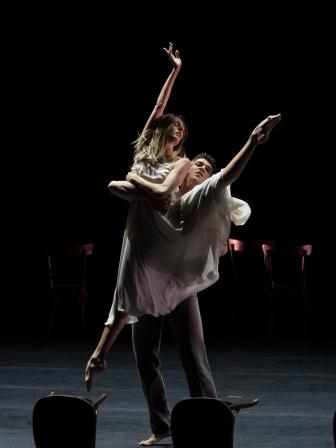When to Use Spot Metering for Nature and Wildlife Photography (VIDEO)
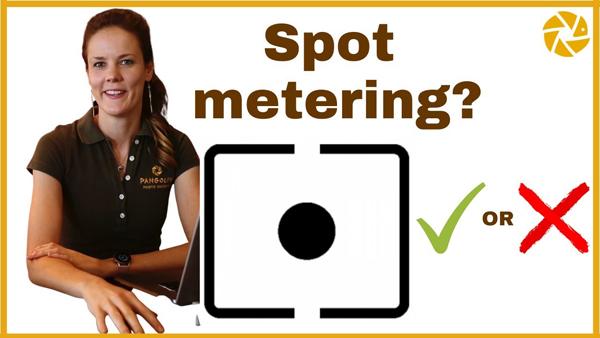
Spot Metering is an extremely powerful tool for all types of photography, especially when shooting backlit subjects, scenes with extremely light, or dark backgrounds or under other difficult lighting conditions. When used properly, your camera’s spot-metering mode almost always guarantees a proper exposure.
But the key word above is “almost,” because in some situations spot metering isn’t always the best option. In the video below, Janine Krayer of Pangolin Wildlife Photography explains three reasons why she often turns to other metering modes when shooting wildlife. Krayer leads photo tours in Botswana, and you can tell from the images in her tutorial, that she really knows her stuff.

Krayer demonstrates when spot metering is effective and how to use it, and when another mode is a better choice. She also discusses EV compensation and other important camera settings for shooting in the field.
As you’ll see, one situation under which you should avoid spot metering is when your subject isn’t evenly exposed—with a wide range of tones from deep blacks to bright whites. One example is photographing fast-moving birds in flight, when it can be difficult to keep a small spot exactly where you want it on the subject. Check out her image of a bald eagle, with its white head and very dark wings, and you’ll see what she means.

Krayer also avoids spot metering when she doesn’t want to link metering and focus. That’s because she often meters from the center, while maintaining focus throughout the frame when shooting off-center animals in the continuous tracking focus mode to keep up with the subject. Watch the video for more details on the above, and to learn Krayer’s third reason for avoiding spot metering. Then head over to the Pangolin YouTube channel for more great advice.
And be sure to check out another Pangolin tutorial we posted recently, explaining when to avoid the Rule of Thirds.
- Log in or register to post comments



